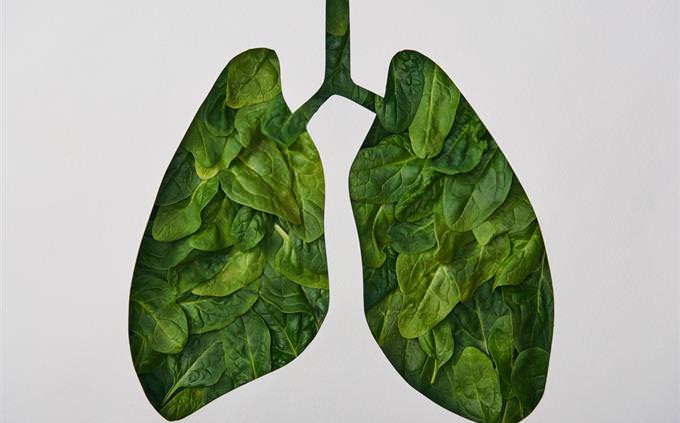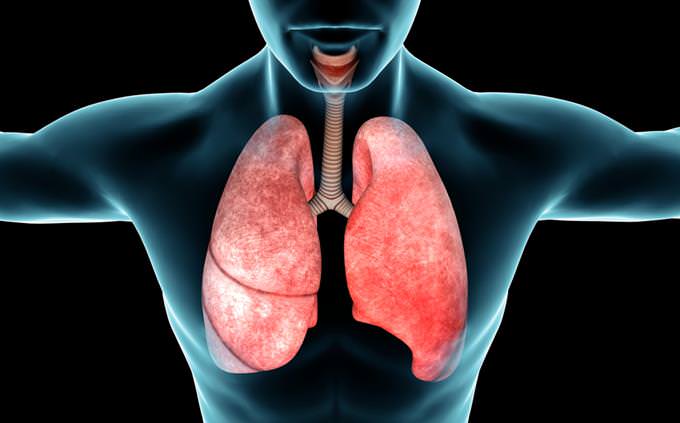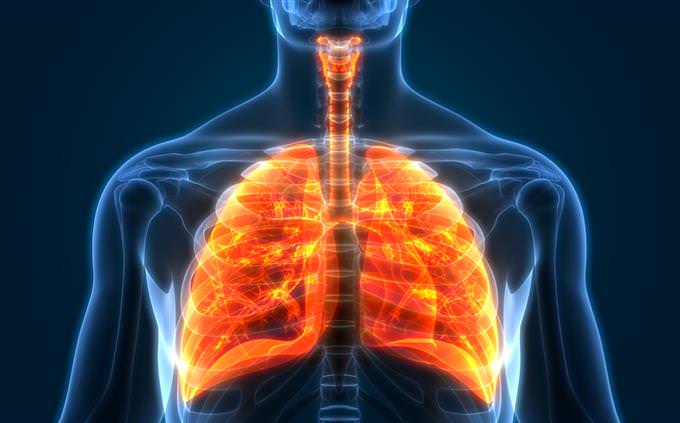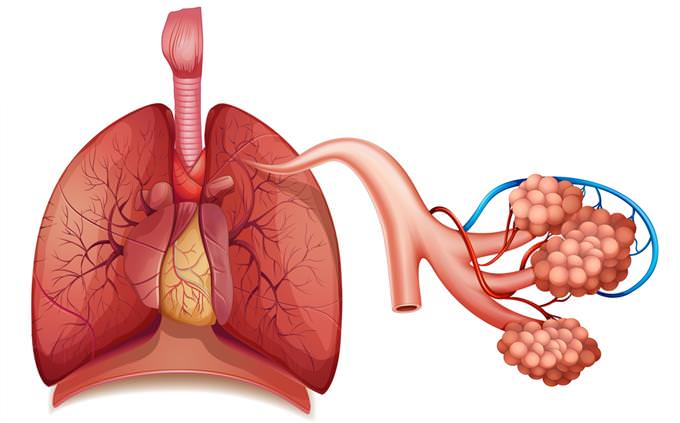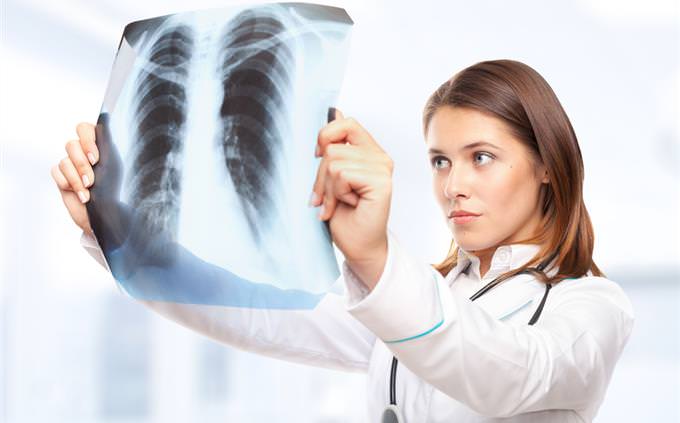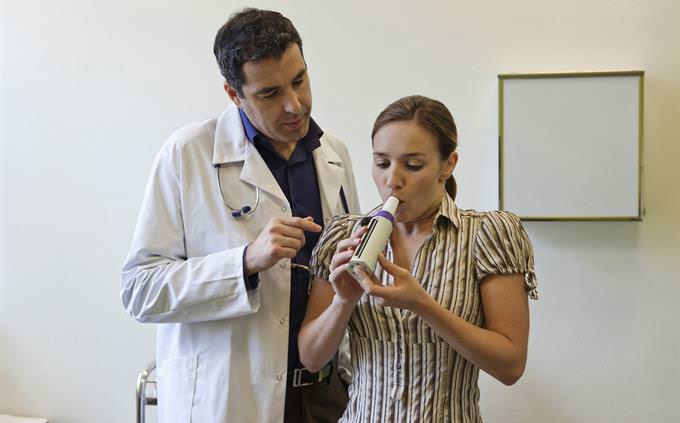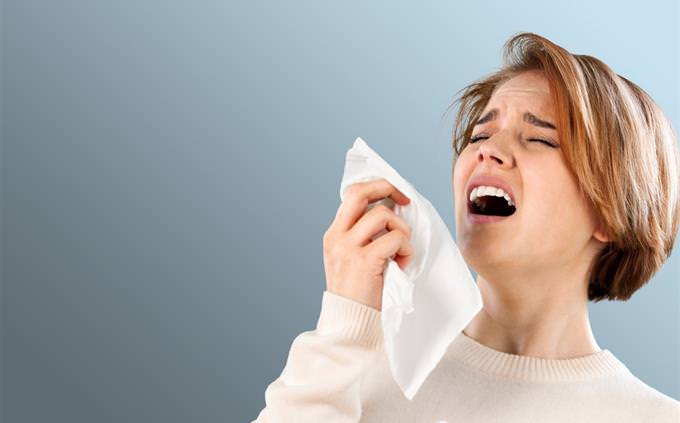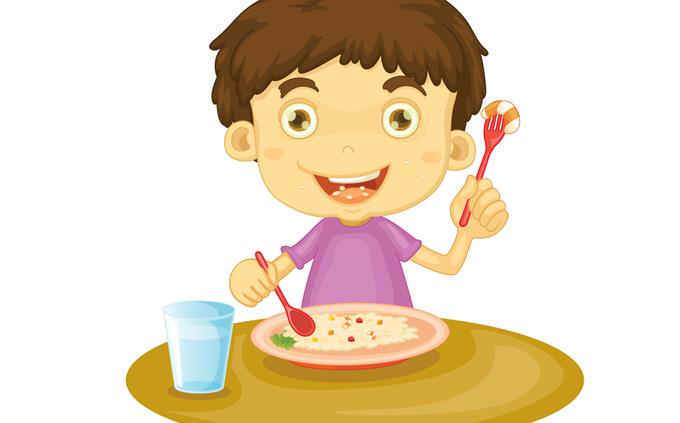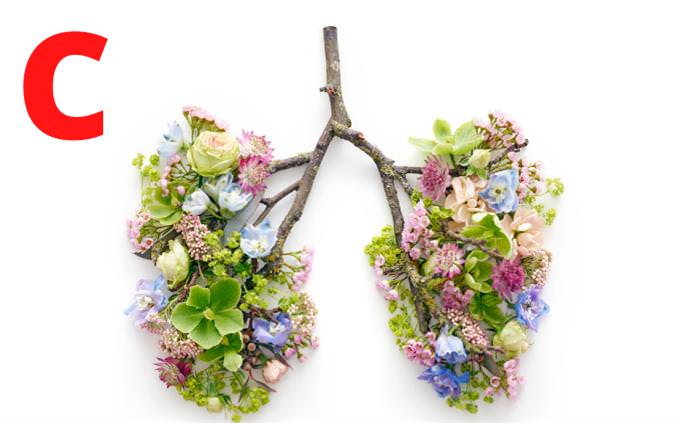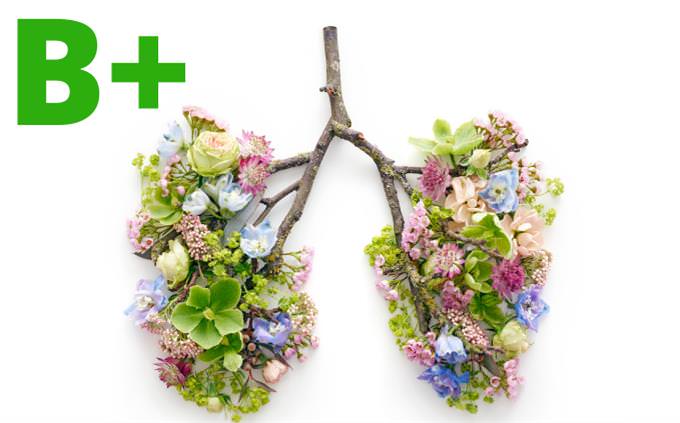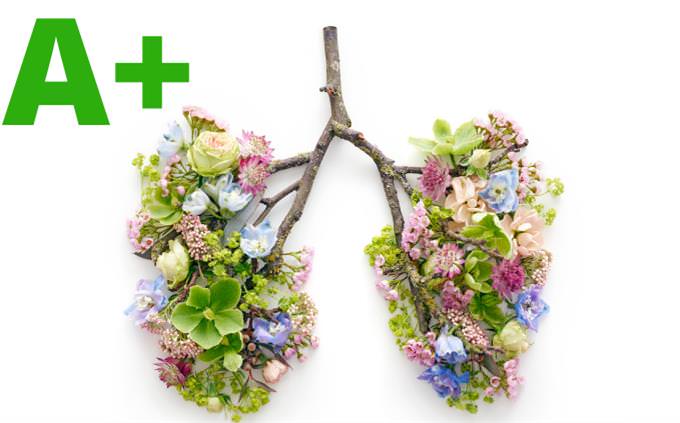True or False: You have two lungs and they are the same size
Your right lung is bigger because your heart takes up a lot of space on your left side. Both are divided into sections called lobes, and your right lung has three of these, while your left has two.
False, the left is bigger
False, the right is bigger
The respiratory system is made up of the trachea, the lungs, and the...
The lungs' first line of defense against toxins is...
The dirt we inhale gets caught up in mucus and these tiny hairs, called cilia, bring up the mucus so we can cough it out or swallow it and send it to the stomach instead of the lungs
You get asthma and bronchitis in your...
Both of these conditions make your airways swell and keep air from getting to your lungs. That can make it hard for you to breathe.
What is the name of the tiny air sacs in your lungs?
True or False: Breathing pure oxygen over time can help mend the body
Actually, breathing in pure oxygen can be dangerous and even lethal, as oxygen radicals harm the fats, protein and DNA in your body.
The voice box is also known as the...
Pneumoconiosis is a name we call a set of lung diseases that are caused by the inhalation and retention of...
COPD is a long-term illness that damages lungs and makes breathing difficult. What does COPD stand for?
Chest Obstructive Pneumonic Disorder
Chronic Obstructive Pulmonary Disease
Clinically Observed Pleural Damage
Chest Obstructive Pleural Disorder
Which of the following correctly describes the method of inhalation?
rib muscles and diaphragm contract, volume in chest cavity decreases, air pressure increases
rib muscles and diaphragm contract, volume of chest cavity increases, air pressure decreases
rib muscles and diaphragm relax, volume of chest cavity increases, air pressure decreases
How fast can a sneeze travel?
100 miles per hour (160 kph)
155 miles per hour (250 kph)
40 miles per hour (60 kph)
65 miles per hour (100 kph)
True or false: Men breathe faster than women
It is actually women who have a higher breathing rate than men
Which of the following is responsible for preventing food from entering the trachea?
During swallowing the larynx elevates, causing the epiglottis to fall on the glottis (opening into larynx) like a lid, closing it off - this prevents food from entering the windpipe (trachea).
